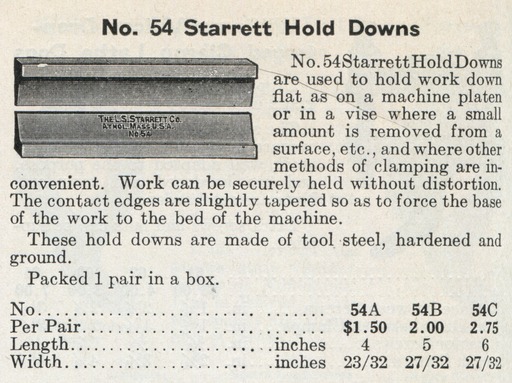
- Metal Shaper Owners Manual Pdf
- Metal Shaper Owner's Manual Instructions
- Metal Shaper Owner's Manual 2017

Metal Shaper Owners Manual Pdf
Di-Acro #2 Power Notcher Manual Di-Acro Metal Finger Box & Pan Brake Manual. Ductformer CR14-TDFC Manual Ductformer CR6016 TDFC Wrap Brake Manual. Duro Dyne FG-1 Pinspotter Manual. Shaper Book Page. These files were previously distributed on CD but as time has gone by I have lost interest in burning CDs, toting them to the post office and mailing them. So, after much procrastinating, I have decided to post them here for free download. As I come across any other shaper related books I will add them to the list as time allows. Tech Authority has all the resources you need, from service bulletins to wiring schematics, parts identification and more. Sign up for the online subscription program to access documents on an as-needed basis, or purchase printed versions of your owner’s manual and other documents to be mailed right to you. SIG716 DMR Owner's Manual Supplement. SIG716 Patrol Owner's Manual. SIG716 TREAD Owner's Manual. SSG3000 Chassis Installation. Item number Description Literature; 101100: L-100-150WO-10, 1-1/2-Ton Hand Chain Hoist With 10' Lift & Overload Protection: Manual: 101200: L-100-250WO-10, 1/4-Ton Hand Chain Hoist With 10' Lift & Overload Protection.
email: tony@lathes.co.uk
HomeMachine Tool ArchiveMachine-tools Sale & Wanted
Metal Shaper Owner's Manual Instructions
Metal Shaper Owner's Manual 2017
- a photographic essay -
Cowell Lathe

Offered during the 1950s and 1960s, this small, hand-operated shaper was offered as a set of casting by E.W. Cowell of 7A Sydney Road, Watford in Hertfordshire - a company quite separate from the current Cowells Small Machine Tools Ltd who manufacture a range miniature machine tools.
Once well known in model-engineering circles for their range of built-it-yourself workshop equipment, other casting kits sold included such useful items as a plain-turning precision lathe, power hacksaws, drilling machines, compound milling tables and machine vices. However, as the country's standard of living improved, there was a decline in demand for this type of low-cost, do-it-yourself product, leaving only keener enthusiasts to attempt what was often a considerable task for completion in a home workshop. A similar situation existed in the United States, with the Pootatuck Corporation (later the David Jones Machine Company) offering sets of castings and drawings to build lathes, shapers and milling machines.
Made from good quality materials, the Cowell shaper was supplied as a set of casting with the major machining already finished - leaving the enthusiastic owner to manage all the smaller parts and final construction. When complete the shaper was capable of machining an area of 6' by 6' with five rates of automatic cross feed from 0.0025' to 0.125'.
Although they may appear to be very old-fashioned and of little use, the reality is that this type of shaper can still perform a most useful function in the hands of the more knowledgeable and skilful enthusiast. With sharp tools (and sharpness really is very important), it's quite astonishing what a variety of useful work these little machines can do. In the harder economic times of the 1940s and 1950s they offered model engineers an inexpensive way of accomplishing tasks that would otherwise have involved a great deal of laborious, and usually inaccurate, hand-filing and cutting. Remarkably, it is easy to use a hand shaper too quickly, rather than at its correct speed. Sixty strokes a minute by hand on a 5-inch stroke machine may feel comfortable but, allowing for the lost time at the end of each half stroke, this gives at tool speed of over 60 feet/minute - which is 30% greater than that recommended for high speed steel on cast iron. Experimenting with slower strokes on a hand shaper will often produce better results..